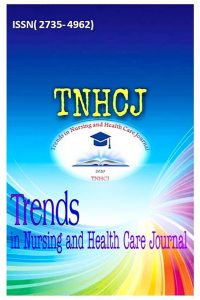Professor of Nursing Administration, Faculty of Nursing, Damanhur University, Egypt.
Professor: Nefissa Mohamed Abdel Kader
Professor of Psychiatric and Mental Health Nursing, Faculty of nursing, Cairo University, Egypt.
Professor: Nilly Mahgoob
Professor of Psychiatric and Mental Health Nursing, Faculty of nursing, Cairo University, Egypt.
Professor: Rahma Soliman Yousef Bahgat
Professor of Pediatric Nursing, Faculty of nursing, Tanta University, Egypt.
Professor: Shadia Abd El- kader Hassan
Professor of Obstetrics and Gynecologic Nursing, Faculty of nursing, Cairo University, Egypt.
Professor: Shadia Hamido Mohasb
Professor of Obstetrics and Gynecologic Nursing, Faculty of nursing, Ain shams University, Egypt.
Professor: Hanaa Abdel Elhakim Ahmed
Professor of Community Health Nursing, Faculty of Nursing, Ain shams University, Egypt.
Professor: Sanaa Mohamed Alaa
Professor of Medical – Surgical Nursing, Faculty of Nursing, Alexandria University, Egypt.
Professor: Samah M Abdalla
Professor of Nursing Administration, Faculty of Nursing, Assiut University, Egypt.
Professor: Soheir Mohamed weheida
Professor of Medical Surgical Nursing, Faculty of Nursing, Alexandria University, Egypt.
Professor: Somaya Elsayed Abouabdou
Professor of Psychiatric and mental health Nursing, Faculty of nursing, Suez Canal University, Egypt.
Professor: Yomen Youseef Sabery
Professor of Pediatric Nursing, Faculty of nursing, Alexandria University, Egypt.
Professor: Wafaa Abd El- Azeem El-Hosany
Professor of Nursing Administration, Faculty of Nursing, Suez Canal University, Egypt.


